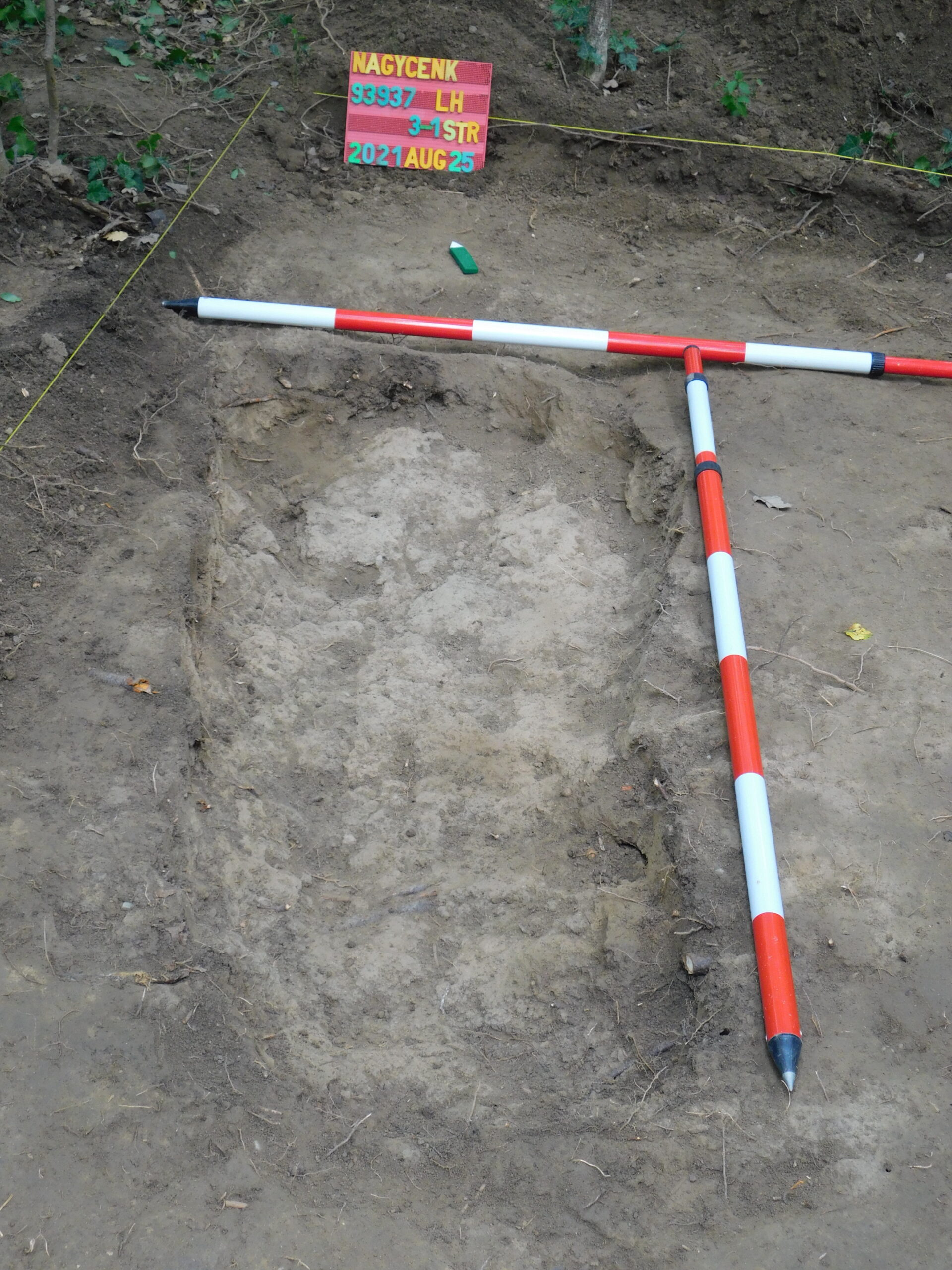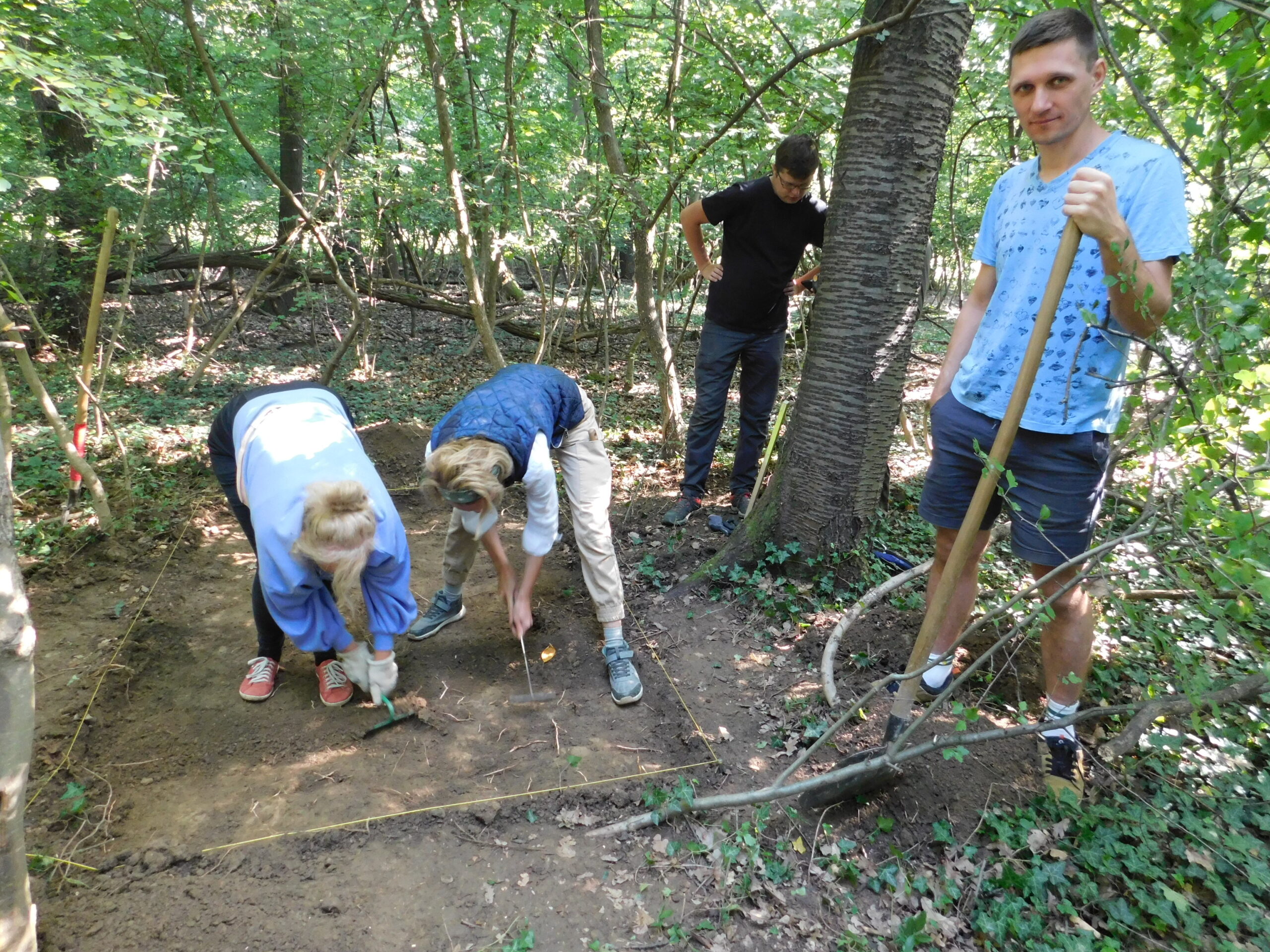In order to unearth votive objects belonging to the Avar Period, to record and protect world cultural heritage, excavations were started in Nagycenk, Hungary, in cooperation with Istanbul Medeniyet University Art History Department, Sopron Museum and Miskolc University Archaeometric Research Institute (Hungary).
The aim of the excavation carried out under the direction of Asst. Prof. Csilla BALOGH, a faculty member of IMU Department of Art History, is the complex investigation of the archaeological sites of the votives. In this context, excavations were carried out at the sites of four votive sets that were unearthed on the border of Nagycenk (Győr-Moson-Sopron province, Western Hungary) on August 24-31, 2021. The location of the two votive sets was determined and a pit in which the votives were buried was found. Archaeometric studies of metal votive finds also began.
About 20 sets of votive objects are known from the territory of the Avar Khaganate (modern-day Hungary and parts of Serbia, Romania, Slovakia and Austria). These are sets of horse harnesses (stirrups, bridles and harness ornaments) and weapons, especially spears, which are usually placed in small pits away from the grave or in sacrificial places during the burial. All known finds were discovered by chance, as they were found 10-15 cm below the ground during agricultural work or construction.


